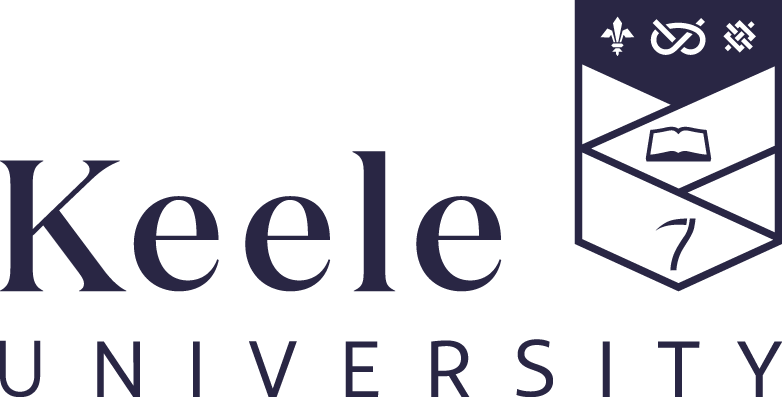
ESC-30008 - Module Specification
School of Geography, Geology and the Environment
Faculty of Natural Sciences
For academic year: 2024/25 Last Updated: 08 January 2025
ESC-30008 - Structure and Geodynamics
Coordinator: Stuart Egan Room: WSF29 Tel: +44 1782 7 33174
School Office: 01782 733615
Programme/Approved Electives for 2024/25
Available as a Free Standing Elective
Co-requisites
None
Prerequisites
None
Barred Combinations
Not applicable
Description for 2024/25
This module uses a combination of synchronous and asynchronous teaching sessions to study the structural and geodynamic effects associated with continental tectonics. Extensional, compressional, inversion, wrench/strike-slip regimes are studied at both regional and local scales. The structure part of the module explains the structural styles exhibited in each of these regimes. In addition, the analysis of a variety of geological and geophysical data during practical classes provides an understanding of the formation and evolution of geological features such as extensional sedimentary basins and mountain belt-foreland basin couplets. Extensional and inversion tectonics are also illustrated via the field study of coastal outcrops in SW England.
The geodynamics component of the module concentrates upon explaining the fundamental processes that occur within the lithosphere during continental tectonics. Emphasis is placed upon mechanical, thermal, rheological and isostatic controls upon basin formation. The practical element of this part of the module provides an introduction to the numerical and computer modelling of geological processes.
The geodynamics component of the module concentrates upon explaining the fundamental processes that occur within the lithosphere during continental tectonics. Emphasis is placed upon mechanical, thermal, rheological and isostatic controls upon basin formation. The practical element of this part of the module provides an introduction to the numerical and computer modelling of geological processes.
Aims
The primary aim of the module is to teach students the concepts, processes and physical structures associated with continental tectonics
Talis Aspire Reading List
Any reading lists will be provided by the start of the course.
http://lists.lib.keele.ac.uk/modules/esc-30008/lists
Intended Learning Outcomes
describe and interpret the large scale tectonic evolution of geological features occurring in extensional, compressional, inversion and wrench continental tectonic regimes: 1,2,3,4
understand the mechanical, thermal, rheological and isostatic behaviour of the continental lithosphere during continental tectonics: 2,3,4
use numerical/computer modelling techniques as a tool for providing insights into sedimentary basin formation, and have critical awareness of the strengths and weaknesses of the methods: 2,4
interpret and analyse geological maps and seismic reflection profiles to become familiar with the structural geology of sedimentary basins in a variety of tectonic settings: 1
understand the mechanical, thermal, rheological and isostatic behaviour of the continental lithosphere during continental tectonics: 2,3,4
use numerical/computer modelling techniques as a tool for providing insights into sedimentary basin formation, and have critical awareness of the strengths and weaknesses of the methods: 2,4
interpret and analyse geological maps and seismic reflection profiles to become familiar with the structural geology of sedimentary basins in a variety of tectonic settings: 1
Study hours
40 hours scheduled synchronous class activity
16 hours of field-based study
10 hours structured engagement with online resources and directed research
25 hours for research and completion of structural practical exercises
25 hours for research and completion of geodynamics practical exercises
25 hours for revision and completion of class test
9 hours flexible independent study (e.g. background reading)
16 hours of field-based study
10 hours structured engagement with online resources and directed research
25 hours for research and completion of structural practical exercises
25 hours for research and completion of geodynamics practical exercises
25 hours for revision and completion of class test
9 hours flexible independent study (e.g. background reading)
School Rules
None
Description of Module Assessment
Structure Practical Exercises
2: Practice Based Assessment weighted 17%
Practical assignments on geodynamics: lithosphere extension and basin formation
3: Class Test weighted 34%
Class Test
4: Practice Based Assessment weighted 16%
Practical assignments on geodynamics: modelling of extensional fault movement and flexural isostasy